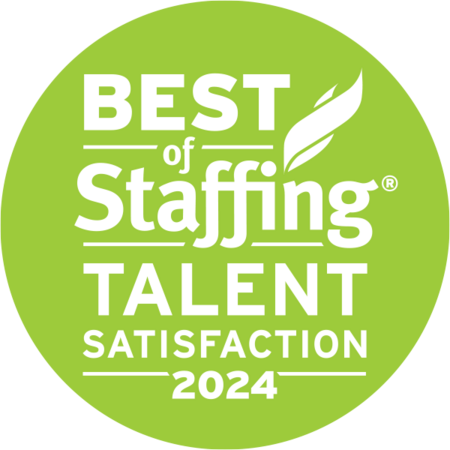From the long-term effects of work-from-home to the hybrid workplace to inflationary salaries and economic uncertainties, 2022 appears laden with unknowns. Accounting and Finance leaders have a tremendous task ahead in balancing short-term decisions with long-term strategy.
Sustainable talent acquisition, greater diversity and inclusion, and improved company culture are key focus areas. But hiring and retention in a candidate-driven market, along with cautionary budget activity, constrict these important initiatives.
In this blog, we look at two key considerations with considerable financial implications for hiring and retention in 2022.
Inflationary Salaries
In Finance and Accounting, attracting and retaining top talent has been a struggle for years. But the 2021 talent shortage changed the talent landscape, creating a candidate-driven market with never-seen-before inflationary salaries. Turnover reached an all-time high with skilled candidates being ultra-selective and getting multiple offers, as well as counter offers from their current employer.
The Conference Board reported that while pay raises are returning to pre-pandemic levels across all industries, rising prices mean higher salaries may not keep pace with inflation. The average U.S. salary increase budgets are projected to grow to 3.3% in 2022, indicating continued economic recovery and an increasingly tight labor market. But the known unknown is that employers are still facing economic uncertainties, magnified by the threat of COVID variants. This could impact the ability to provide pay raises that keep pace with inflation. 2022 could result in another year where turnover rates remain high as all levels of talent continue to search and find better-paying positions elsewhere.
Hiring in Multiple Geographic Areas
Remote work has opened new avenues for hiring top talent. Without geographical restrictions, employers have become more competitive in attracting highly skilled candidates from other geographies. California employers, in particular, might be tempted to hire out of state, as many other regions have lower salaries and wages than the West Coast. But there are implications in out-of-area hiring.
- Tax and payroll headaches could impact the employer and employee, where the employer incurs unexpected local and state taxes while the employee might need to pay income tax in both states. Unfortunately, there is no one-size-fits-all approach as the laws differ state by state.
- Expected hours of operation should also be considered. As a West Coast-based employer, will all employees be expected to maintain the same hours of availability regardless of time zone?
- Some state laws differ on paid family leave and sick time, and not all states recognize the same holidays. These situations should be factored into remote work policies.
- Workers’ compensation and unemployment insurance are two other significant considerations. Usually the employer is required to obtain both types of insurance from the state in which the employee works.
- Pay is perhaps the most critical consideration. Employers must determine fair pay for out-of-state employees and balance that with skill sets, experience, and expertise. And organizations need to prepare for employee wage conversations. Employers cannot prohibit workers from discussing pay and compensation. So be prepared to hold difficult conversations if there are significant discrepancies based on out-of-state salary rates.
The big challenge for leaders is developing and balancing short-term decisions versus a long-term strategy.
When it comes to hiring and recruiting top talent to meet both short- and long-term goals, Alliance Resource Group is here to help you hire smarter and maintain a competitive edge. Our 2022 Financial Salary Guide and Employment Outlook provides a comprehensive framework for hiring and recruiting, including projected salaries, benefits and perks, trends, and other key economic data.





